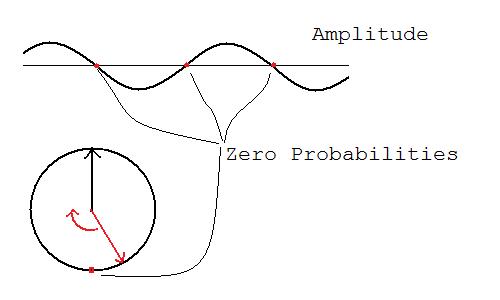I’m getting ready for the FFP10 meeting later this month. In reading the abstracts of those who will be giving talks or posters, I came upon “Analyses of the 2dF deep field” by Chris Fulton, Halton Arp and John G. Hartnett. The abstract is about the relationship between low redshift and high redshift astronomical objects. The claim is that some quasars have redshifts that do not give their true distance; instead, they are much closer. Looking on arXiv finds: The 2dF Redshift Survey II: UGC 8584 – Redshift Periodicity and Rings by Arp and Fulton.
If these high and low redshift objects actually are related, this places doubt on the Hubble relation. In addition, when low and high redshift objects appear to be related, their redshifts are related by quantum values . From observations, Arp has proposed that quasars evolve from high to low redshift, and finally become regular galaxies.
Now for quasars to have redshifts that differ from their true distances implies that their redshifts are determined gravitationally; that is, what we are seeing is partly the redshift of light climbing out of a gravitational potential. And if these redshifts are quantized, this gives a clue that the structure inside the event horizon of a black hole is not a simple central singularity but instead there must be repetitive structure.
In a classical black hole, the region inside the event horizon can only be temporarily visited by regular matter. Even light cannot be directed so as to increase its radius in this region. Let’s refer to this region as the “forbidden region” of the black hole as it is near the central singularity. For the classical black hole, this includes everything inside the event horizon. We will be considering the possibility that the forbidden regions of a black hole occur as infinitesimally thin shells, and that between these shells, light can still propagate outwards:

Forbidden regions shown in red.
Event Horizons as Quantum amplitudes
If we were looking for a quantum mechanical definition of the inside of a black hole, we could define it as the region where particles have a zero probability of moving outwards. We could say that the transition probability for the particle moving outwards is zero. However, in quantum mechanics probabilities are defined as the squared magnitudes of complex amplitudes. The way we compute transition probabilities is from complex transition amplitudes. If the transition amplitude between two states is zero, we say that they are “orthogonal”. Zero transition amplitudes correspond to points where a sine wave is zero; at these points, deviations to either side give nonzero transition amplitudes:

How to get zero probabilities from nonzero in QM.
Continue reading
